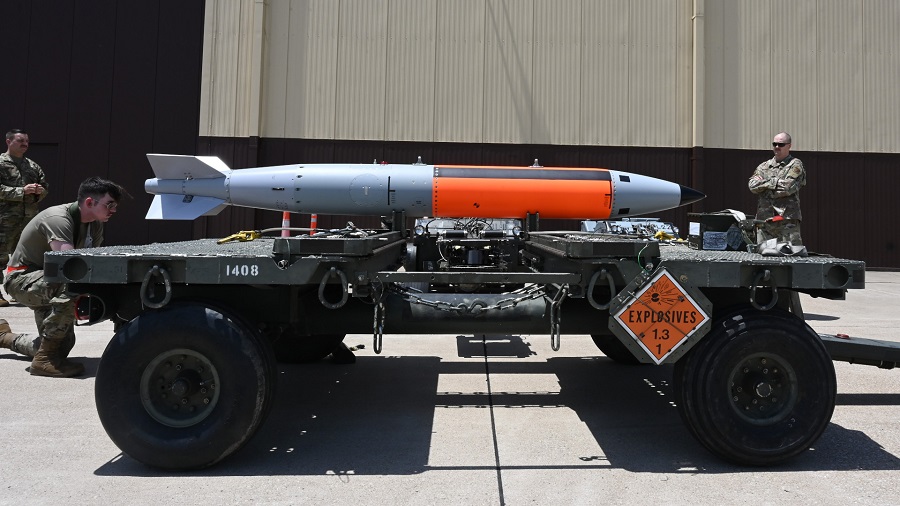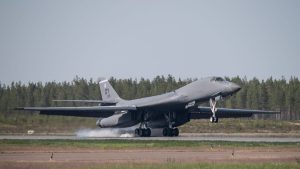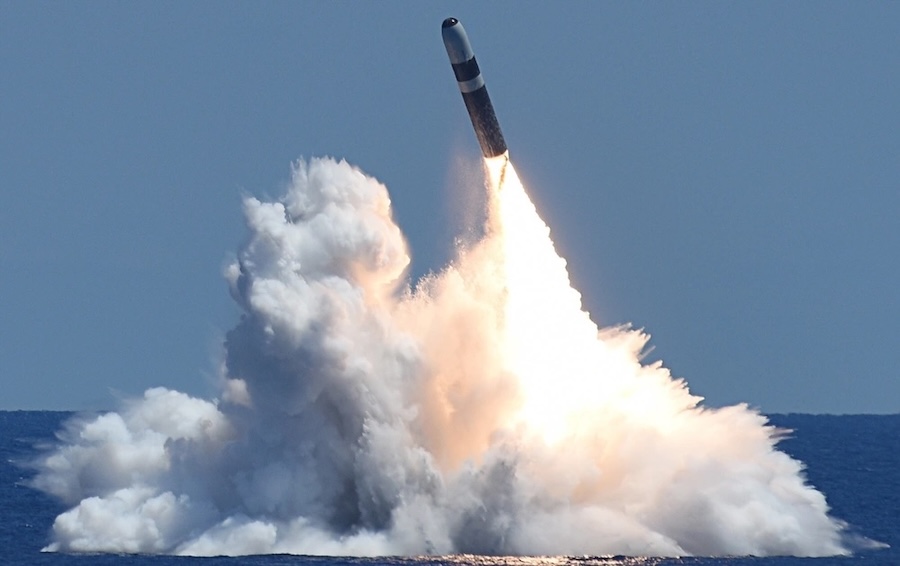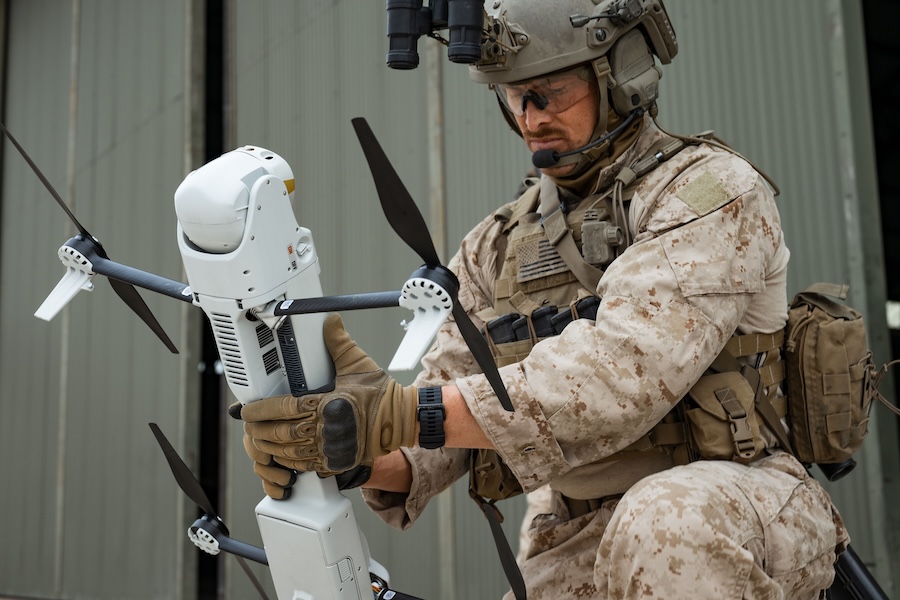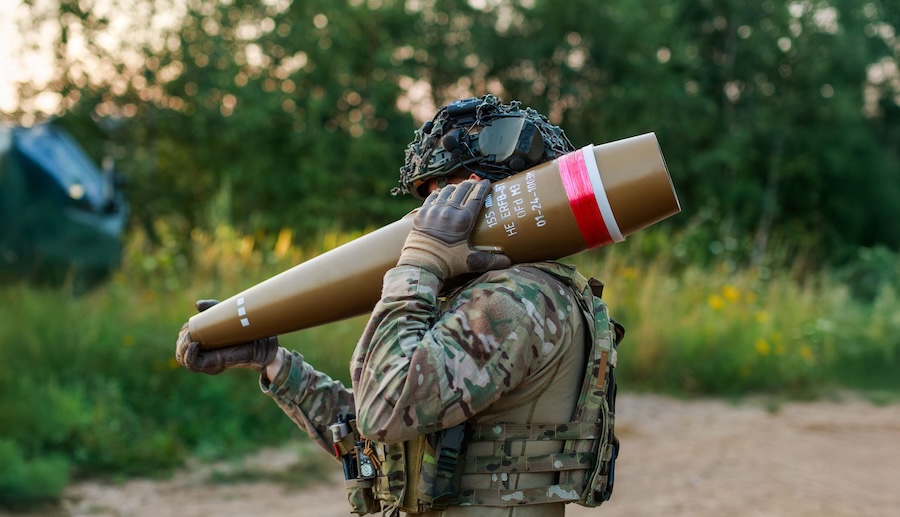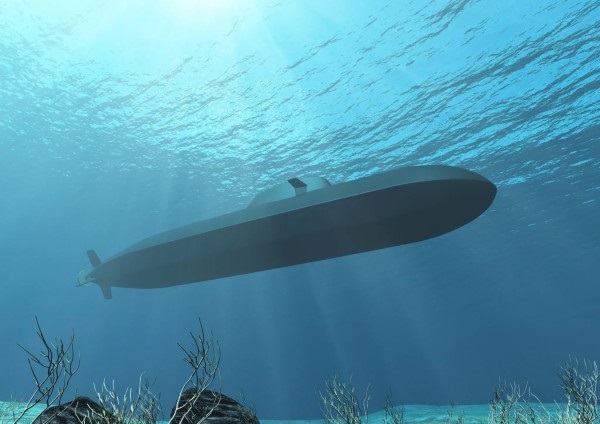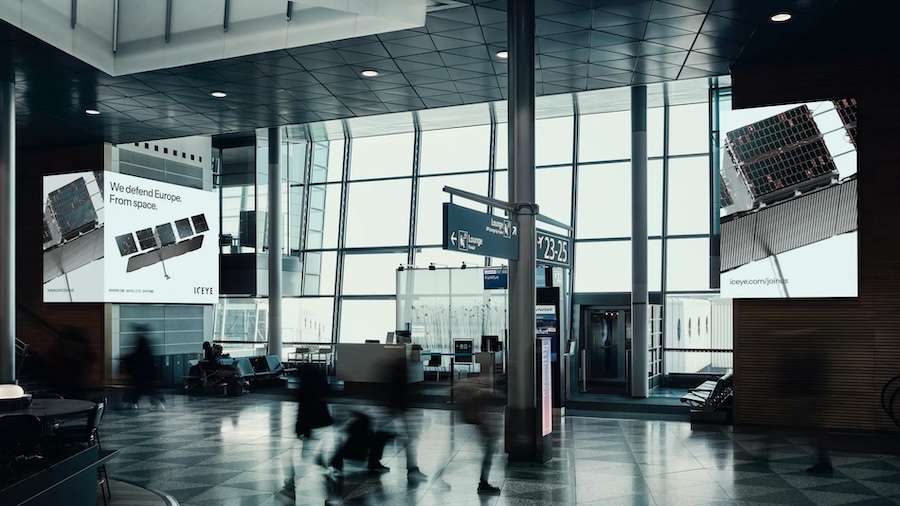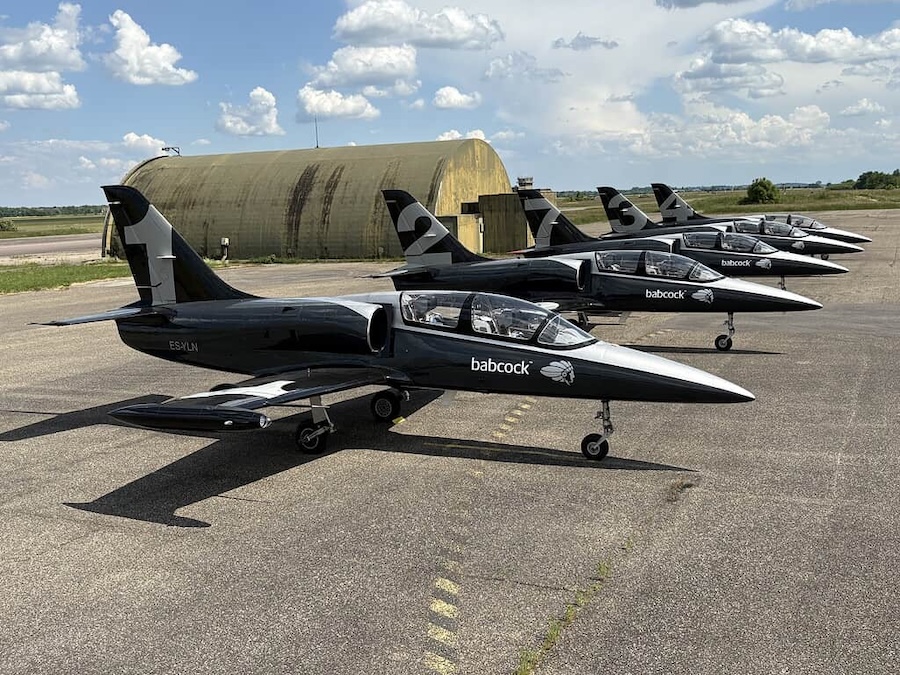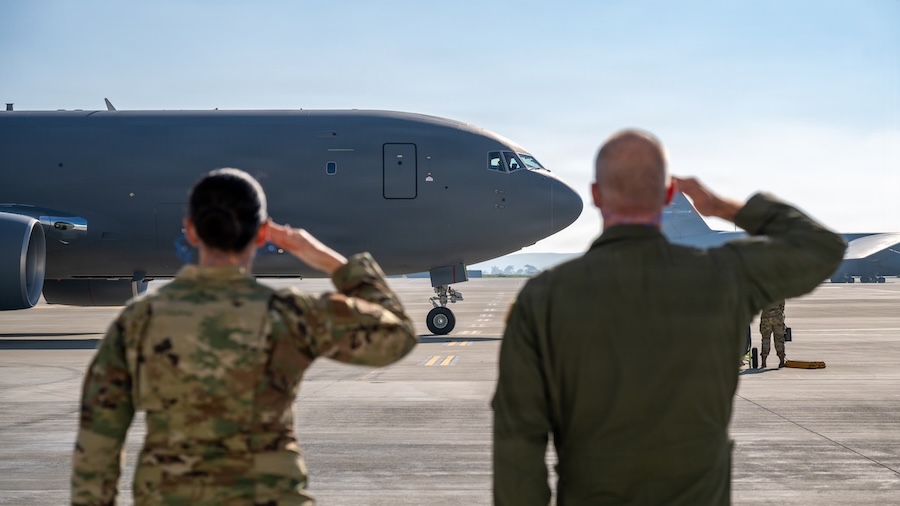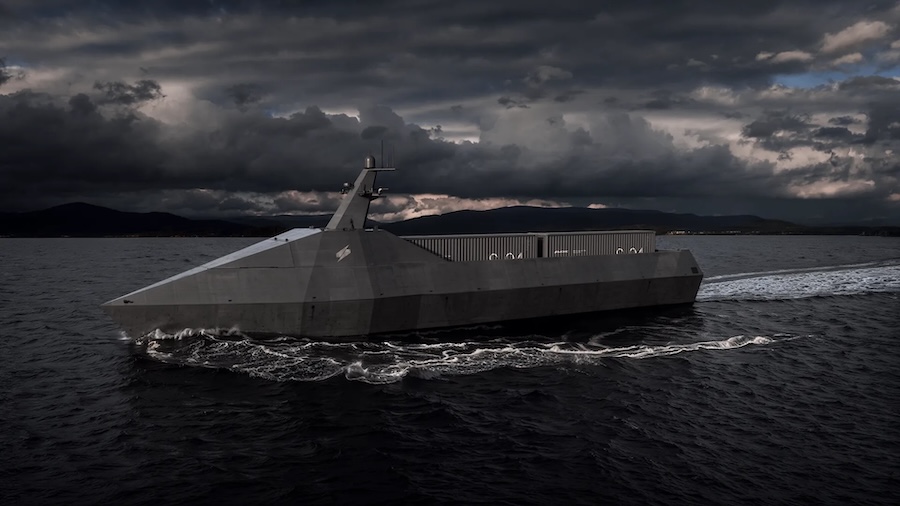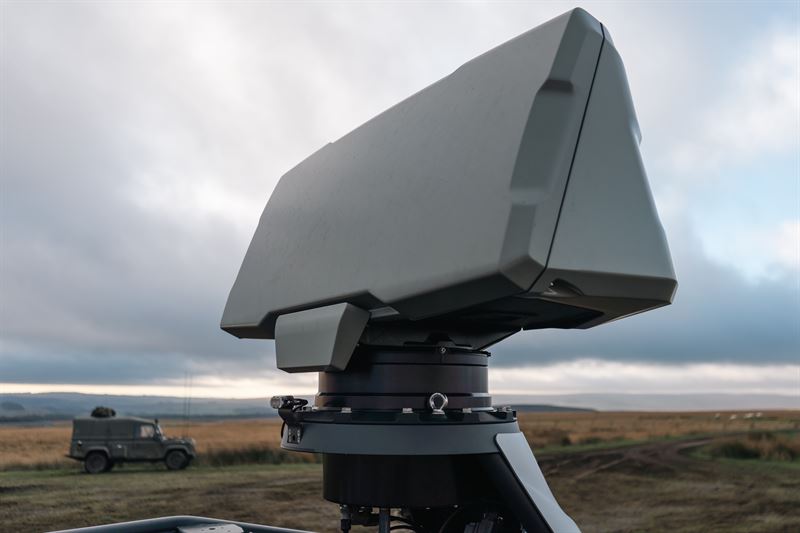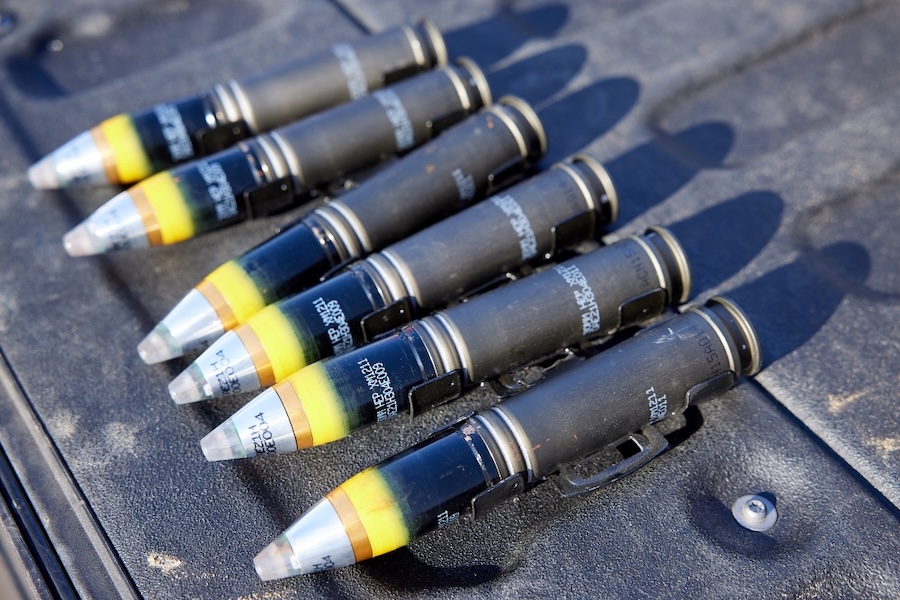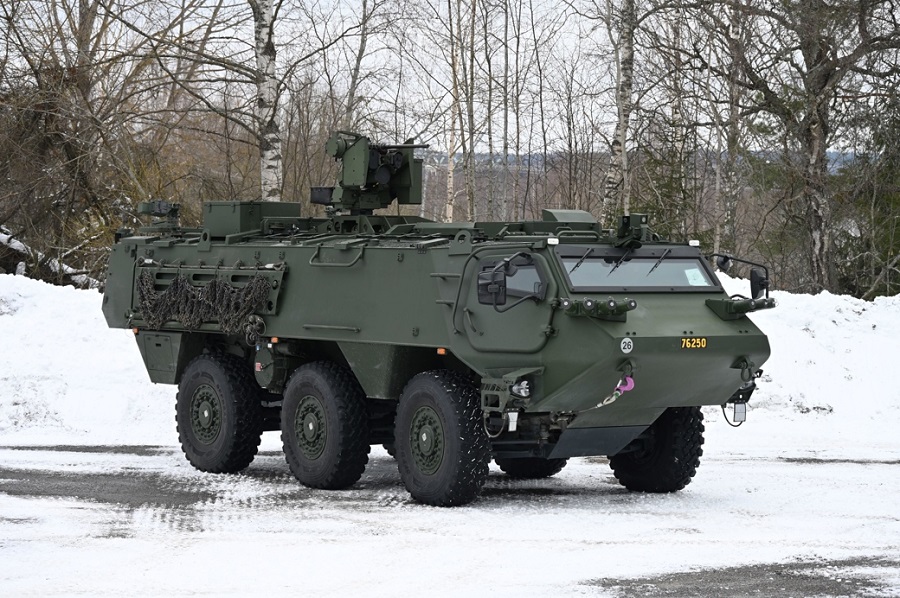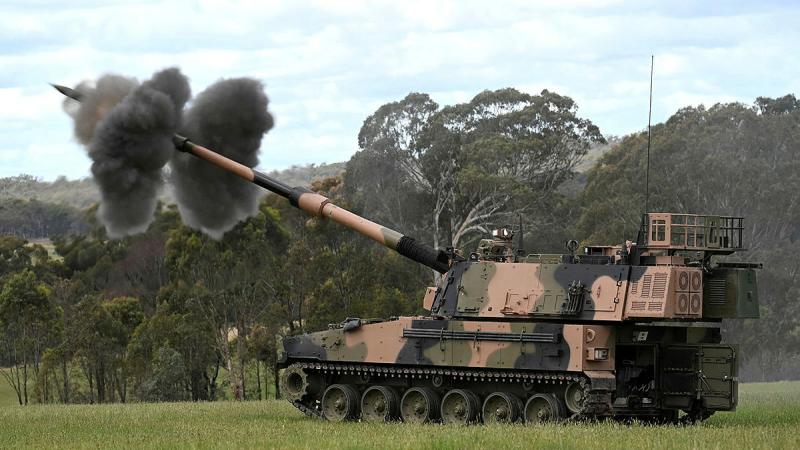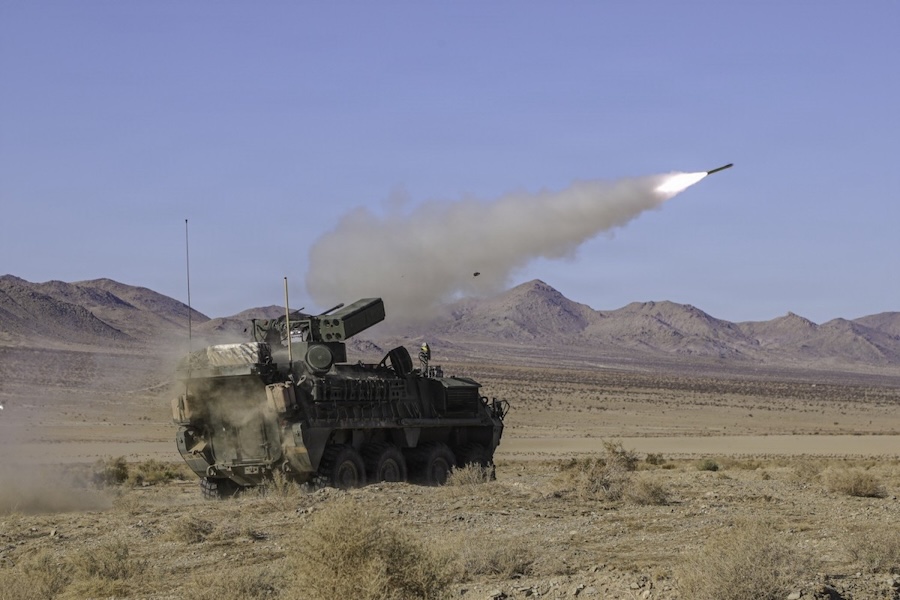The B61-12 is the latest upgrade in the B61 family of gravity bombs, which have been in service for over 50 years, making them the longest-serving and most adaptable weapons in the U.S. nuclear stockpile. The LEP extends the bomb’s operational life by at least 20 years by refurbishing, reusing, or replacing its nuclear and non-nuclear components, ensuring continued safety, security, and effectiveness.
The programme, initiated in 2008, replaces four earlier variants of the B61 bomb—models -3, -4, -7, and -10—streamlining their capabilities into a single, updated version. The B61-12 features improved accuracy thanks to a modern tail kit assembly while significantly reducing yield without altering its overall military characteristics.
Jill Hruby, Under Secretary of Energy for Nuclear Security and NNSA Administrator, highlighted the achievement as a demonstration of NNSA’s ability to deliver critical capabilities. “Completing the B61-12 on schedule shows our commitment to meeting the pace and scale required by our Department of Defense partners and deterrence needs,” she stated.
The project relied on collaboration across multiple facilities, including Los Alamos and Sandia National Laboratories, the Pantex Plant, the Savannah River Site, the Y-12 National Security Complex, and the Kansas City National Security Campus. This teamwork, in close coordination with the U.S. Air Force, enabled the delivery of the final unit just three years after the first production unit in 2021.
Dr. Marvin Adams, Deputy Administrator for Defense Programmes, praised the successful partnership. “The completion of the B61-12 underscores the strong collaboration with the U.S. Air Force and Department of Defense. It reinforces our ability to meet current and future requirements and serves as a visible contribution to deterrence,” he remarked.
Following the B61-12, production will shift to the next-generation B61-13, with first production units scheduled for fiscal year 2026.
Source: U.S. Department of Energy.




